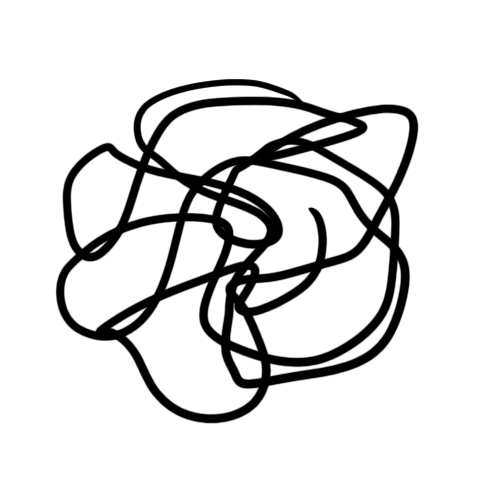
sound wave
2018
Fabric
size variable
About
Sound wave is a body of 13 nylon flags where are printed on a white background photographs on the palm of the artist' hands. On each hand is written, in the International Phonetic Alphabet (IPA), the phonetic writing of thirteen words. Kosmatopoulos selected words that belong to the realm of linguistic theories such as "mot" ("word"), "lettre" ("letter") or "son" ("sound") but also words more personal to her - words she loves like "barbare" ("Barbarian") or words she always had a hard time spelling correctly such as "Sisyphe" ("Sisyphus").
In the phonetic alphabet, mute letters, double consonants and other spelling exceptions so common to French written language disappear. The written sounds of "different", "accent" or "alphabet" exposed on the flags come to challenge the familiar image we have attached to these word - an image dictated by the strict rules of French orthography that have often disconnected their spelling from the simple sound each letter that compose them would do individually. Freed from the rule of French spelling, these series of letters are often incomprehensible to most francophones, so used to recognize the word by the image the letters that compose it form.
By choosing the advertising manner as her medium, Kosmatopoulos gives the works an indicative, banal, even advertising dimension with a simple and direct message that should allow any audience to grab it instantly. But, paradoxically enough, by lightening the words from any superfluous character in an attempt to bring image and sound closer and make the message as universal as possible, the artist created complexity. In the exhibition space, we see an audience that struggle to decipher the meaning of each flag. Even simple phonetic combinations such as "/mo/" often are not understood, either because the "t" is valuable ton the eye of the viewer, or because the tautology creates an aporia that prevents him/her from seeing them.
From the Italian icons of Duccio calculating to the millimeter the location of the hands and bringing them out by an outline carefully left visible, to the photographs of hands by Louise Bourgeois, the artist is part of a visual tradition that incenses the tactile organ. This time, the hand tries to grab something else, an untouchable thing, the sound.
Exhibition
2018 | __________ | | CURATOR: AZAD ASIFOVICH | GALERIE MANSART | PARIS, FRANCE







